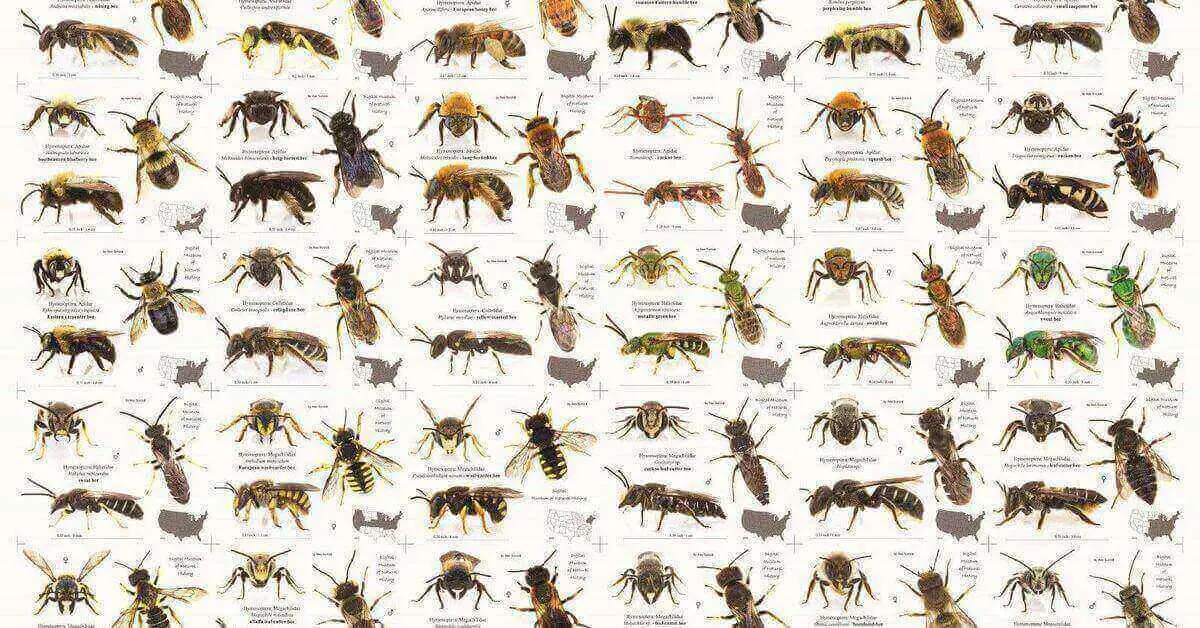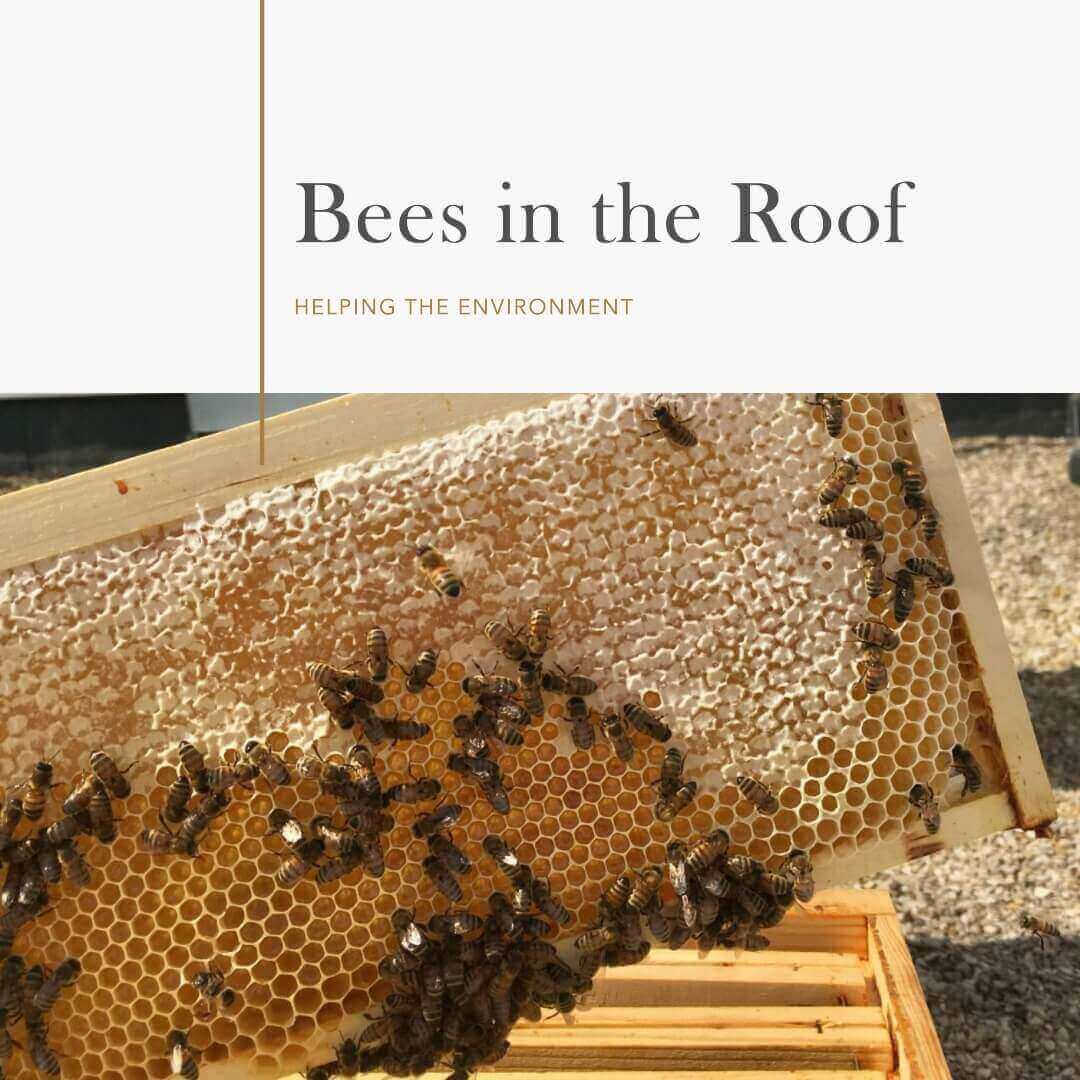Queen bumble bee are the foundation of a bumblebee colony. They are the largest members of the colony and are responsible for finding a suitable nesting site, building the nest, laying eggs, and taking care of the first brood of workers. Bumblebee queens are also responsible for regulating the temperature within the nest and protecting it from predators.
Queen Bee are typically black with yellow or orange stripes, although some species have white or red stripes. Queen bumble bee are solitary insects that emerge from hibernation in the early spring and spend several weeks searching for a suitable nesting site. Once they find a suitable site, they build a small nest and lay a few eggs. These eggs hatch into larvae, which the queen feeds with pollen and nectar until they pupate and emerge as adult workers.
The nature of Queen Bumble Bee
Bumblebee queens are capable of stinging, although they are generally not aggressive towards humans unless provoked. They play a crucial role in pollinating plants, and many species of bumblebees are important pollinators of agricultural crops.
In the late summer or early fall, the queen stops laying eggs and begins to produce males and new queens. These new queens mate with males and then hibernate through the winter, emerging in the spring to start their own colonies.
How are Queen Bees Different from Worker bees?
- Reproductive ability: The queen bee is the only female bee in the colony capable of laying eggs. She is responsible for laying all the eggs in the colony, which can number in the tens of thousands. Worker bees, on the other hand, are sterile females and cannot lay eggs.
- Size and appearance: Queen bees are larger than worker bees and have a longer abdomen. They also have a distinctive shape, with a pointed abdomen and a smaller head than worker bees. Worker bees are smaller and have a more rounded abdomen.
- Lifespan: Queen bees can live for several years, whereas worker bees have a lifespan of only a few weeks in the summer and a few months in the winter.
- Behavior: Queen bees have a much more sedentary lifestyle than worker bees. They spend most of their time laying eggs and being cared for by worker bees. Worker bees, on the other hand, perform a variety of tasks including foraging for nectar and pollen, caring for the young, and building and maintaining the hive.
- Reproductive development: Queen bees are specially fed by worker bees with royal jelly, a protein-rich secretion that triggers the development of the queen’s reproductive system. Worker bees are fed a different diet and their reproductive systems do not fully develop.
Queen bumble bee Pollination
Bumble queen bees do play a vital role in pollination. They are responsible for founding new bumblebee colonies and laying the initial batch of eggs. As the colony grows, the queen’s primary role becomes egg-laying, while the worker bees take over foraging and pollination duties.
Behavior
In terms of aggression, bumble queen bees are generally not aggressive towards humans unless they feel threatened or provoked. They may become more defensive during certain times of the year, such as when the colony is producing new queens, but they are not typically known for being highly aggressive.
Does Queen Bumble bee make honey?
Unlike honeybees, bumblebees do not produce large quantities of honey, and they do not store honey in the same way. Instead, they produce a small amount of honey to feed the colony, but most of their food comes from nectar and pollen collected from flowers. Bumblebees are important pollinators of many crops and wild plants and play a crucial role in maintaining healthy ecosystems.
Summary
Queen bumble bees are important pollinators that play a crucial role in the growth and reproduction of many crops and wild plants. They are responsible for founding new bumblebee colonies and laying the initial batch of eggs. Queen bumble bee are generally not aggressive towards humans and only become defensive when they feel threatened or provoked. Unlike honeybees, bumblebees produce a small amount of honey to feed the colony, but most of their food comes from nectar and pollen collected from flowers. Overall, bumblebee queens are vital to maintaining healthy ecosystems and ensuring the survival of many plant species.




